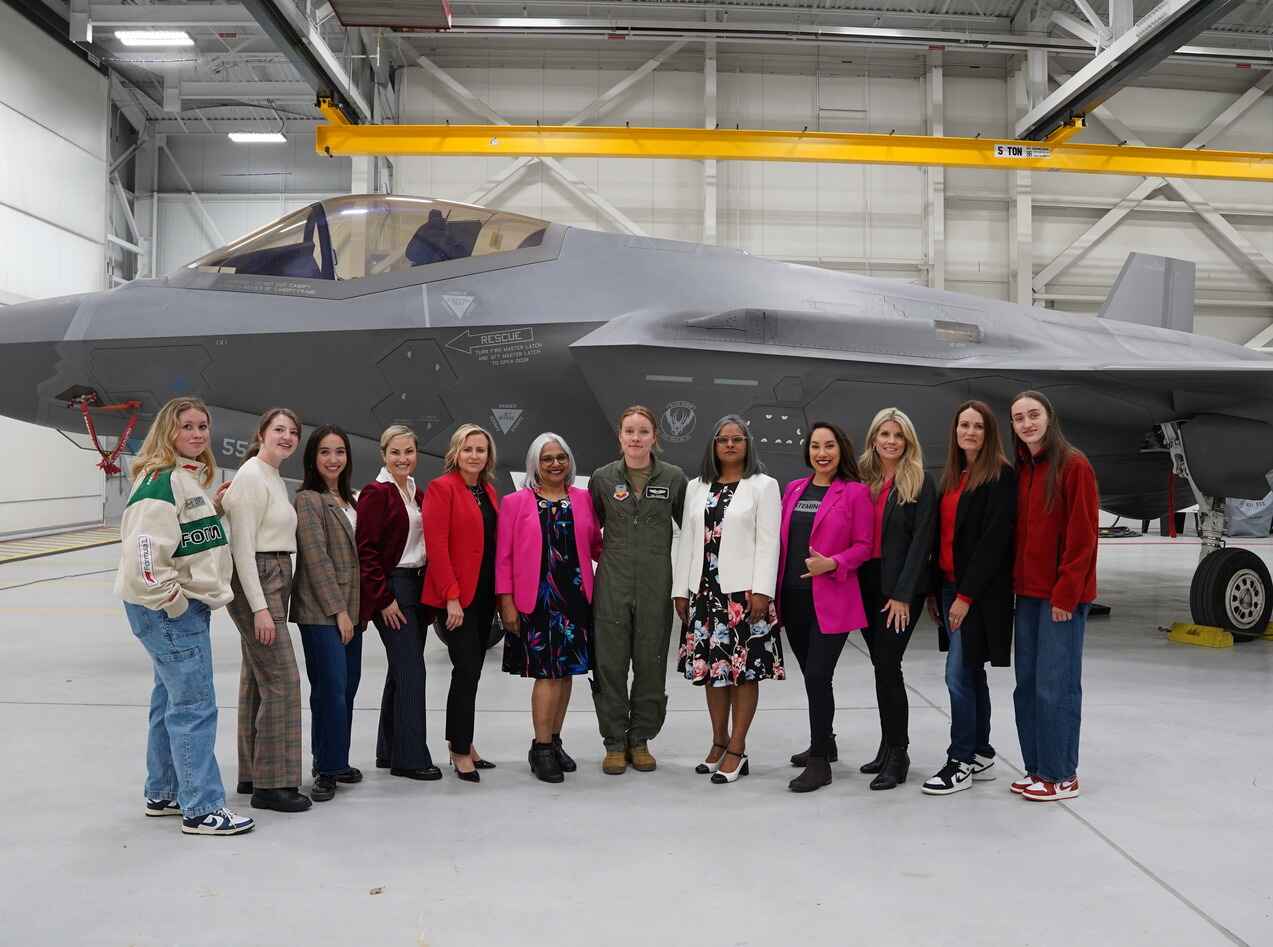
Cooking, Golf, and Bubble Soccer: Team-Building Horror Stories and How to Avoid Them
by Joe Staples, Guest Author
 Team building offsites. We’ve all been there. As you look back, you most likely smile at some of the memories and cringe with embarrassment over others. I vividly remember a game of basketball set up between the executive team and the board of directors. I don’t play basketball. My only move was to run up and down the court and try and trick someone into passing me the ball.
Team building offsites. We’ve all been there. As you look back, you most likely smile at some of the memories and cringe with embarrassment over others. I vividly remember a game of basketball set up between the executive team and the board of directors. I don’t play basketball. My only move was to run up and down the court and try and trick someone into passing me the ball.
I’ve also been the culprit in organizing some of these events designed to improve team relationships. There was the trip to the golf course with a group where non-golfers simply hoped they wouldn’t completely miss the ball. There was also the friendly softball game that I learned afterward caused some team members to practice for two weeks prior to the game just so they knew the basics of how to play.
Some of the stories get far worse. One man, who wishes not to be identified, was offered $1,000 to get shocked by a cattle prod at a company Christmas party when he was in his early 20s. He got the cash, plus a trip to the emergency room. Another individual reports being invited to the conference room for a team-building activity, only to encounter—surprise!—live snakes and a tarantula. The fact that an animal handler was present didn’t stop many employees from leaving in protest.
Even with these horror stories, why do we continue as leaders to set up these team building activities? Do we think ours will be different? In reality, a portion of the employees are excited for the activity, a portion would rather do something else, and a portion hopes they miraculously come down with typhoid fever and will get to, uh… I mean have to miss the event.
So, how can you plan company activities that will actually accomplish their reason for existence, namely to motivate and reward employees—rather than bore them, embarrass them, or alienate them?
Here are the top seven insights, accompanied by a few more cautionary tales.
1. Hold Them Less Frequently
When Workfront marketing director Heather Hurst worked at an advertising agency years ago, the company hosted activities roughly every other month. They did typical things like bowling, go-cart racing, and the like, but alcohol was always involved.
“One of our designers would overindulge every single time,” Hurst says, “and would send an apology email regarding his behavior the following morning. Every time. It got pretty uncomfortable after a while.”
The solution? Besides limiting the availability of alcohol at company-sponsored events (given the dynamics of that particular team), reducing their frequency might help. After all, 64% of those surveyed prefer quarterly or annual events over more frequent get-togethers, while a surprising 21% would be fine with “never.”
The biggest drawback to these activities is more straightforward than you’d think. People simply don’t enjoy spending time with their colleagues outside of the office, according to our survey.
2. Give Employees a Say in Picking the Activity
For me, few things are more awkward than spending a day playing whatever sport is the boss’s favorite (golf, softball, bubble soccer, or heaven forbid, swimming) with fellow
employees who don’t enjoy the activity but feel obligated to join in.
Dodgeball, you could argue, is a friendly, low-skill game that pretty much anyone can play. Until a couple days later, when everyone’s asking your team members, “Hey, what happened to your face?” But every team is different. A rousing ping-pong tournament might be a great reward for one team but feel like a huge waste of time to another.
When we asked what would be the best way to improve team-building activities, the number one answer was to let employees have a say. Give them choices, be transparent, and don’t throw surprises at them. Especially surprises involving snakes or swimsuits.
3. Make Them Optional
Our survey revealed that the best way to build better relationships between co-workers and management isn’t a planned activity at all. The number one answer overall was “informal chats throughout the workday,” with “regular, optional, company-wide activities” ranking second. The key word there: optional. (However, if you have a younger workforce, keep in mind that among employees 18-29, those top two answers were inverted.)
At another former company, Hurst attended a President’s Club trip to a resort in Mexico. The V.P in charge decided to plan a day of service while they were there. It was a noble sentiment, and Hurst didn’t mind spending the day playing cards with elderly people, even though she didn’t speak Spanish and they didn’t speak English.
So what was the problem? The V.P. who planned the service day “definitely noted who showed up and asked about each absent person: ‘are they okay?’, ‘where are they today?’, ‘are they sick?’. It was super awkward.” As one commenter wrote, “The minute it’s required, it stops being a treat.”
4. Avoid the Humiliation Factor
This one’s easy. Don’t plan a team-building activity that involves sitting in a natural hot spring next to Betty or Bob from accounting. Don’t pressure introverts to perform karaoke. Anything that involves dancing or holding hands in a circle, well, proceed with caution.
Almost half of those surveyed somewhat or strongly agree that team-building activities are often humiliating or uncomfortable, while 61% feel undue pressure to participate, even when they’d rather not.
5. Keep Them Small/Departmental
The larger the group, the more difficult it is to plan an activity that will be beneficial to, and enjoyed by, everyone. In nearly every measure, activities with the person’s immediate team or department outperformed company-wide events in our survey. When the whole organization is invited, people are more likely to resent the activity and less likely to:
- Appreciate the break from the office
- Feel greater team or company loyalty afterward
- Notice improved teamwork or productivity
- Say they’re glad they took the time to attend
In my experience, people tend to calculate how much the company is spending on the event and privately whisper, “Hmm…I’d rather have the twenty bucks than the free admission to the zoo.”
6. Make Sure There's Food
While I don’t have a horror story to share about a company-sponsored event that didn’t include food (probably because they almost all do), keep in mind that “free food/amusement” ranked as the biggest benefit of company events, while “a break from the office” and “strengthening trust between team members” ranked at the bottom.
Food-based activities are the ones that get the greatest percentage of thumbs-up. So forget about the trust fall and just sponsor a food truck to spend the afternoon in your parking lot, so employees can enjoy free lunch and an informal chat—which survey respondents say is the best way to strengthen relationships anyway.
7. Recognize the True Costs of Those Team Building Activities
It’s pretty easy to see hard costs of a team building activity: lunch at $15 a person, times 20 people. Two hours of track rental at the local go-cart course at $100 an hour. A cooking class at $75 a head. However, there is an additional cost that you should recognize and that employees feel. When you take team members away from the office for an afternoon, they know that nobody is going to do their work while they’re away.
That overloaded inbox isn’t going to magically get smaller. Instead, they come back to the office the next day feeling behind (or further behind than they already were), and that’s a cost that can be demotivating, can lead to burnout, and should not be overlooked.
The remedy can lead you back to the first finding I identified in this article: hold the activities less frequently.
Better Ways to Build Trust
Team-building activities and company-sponsored events certainly have their place. But when it comes to making your team feel rewarded and valued, the goal is building trust and helping them feel appreciated. People need unstructured opportunities to connect one-on-one at the office far more than they need a zip-line adventure in the great outdoors.
All your team really wants is to know their hard work is noticed, that it’s important, and that they’re a valued member of the team.
This article was originally published in MarTech Advisor.









